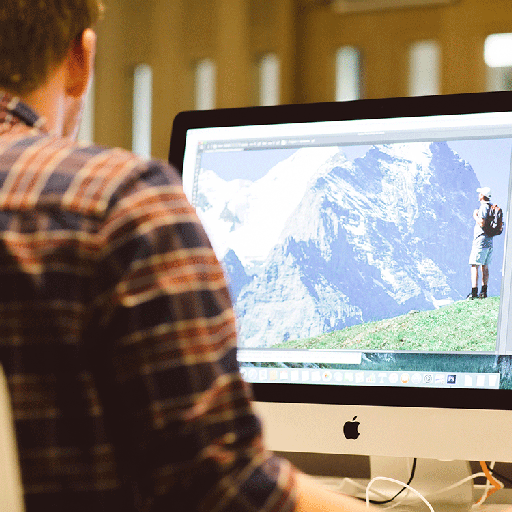Professor Klaus McDonald-Maier, who is leading the work, explained: “Our aim is to make the lives of those combatting abuse much easier, as at the moment they are drowning in data.
“With this system, which can identify abuse and then categorise it according to the type of abuse, they can go through images very quickly to narrow down the field and identify pictures which need to be looked at in more detail.
“We have trained and tested the system using a relatively small database of 5,000 images, and have achieved some very promising results. On average it is 88% accurate.”
The trial will now be extended, using a much wider database of photographs and the system is being refined, with experts investigating whether identifying different objects and actions in images can help improve the systems’ performance. It is hoped in future it can also be trained to deal with video footage.
The results of the trial were included in a research paper which the MIT Technology Review, published by the Massachusetts Institute of Technology, highlighted as a “most thought-provoking” paper.
This work is carried out in CSEE’s Embedded and Intelligent Systems Laboratory in collaboration with Grigorios Kalliatakis, Dr Shoaib Ehsan, Prof Ales Leonarids (University of Birmingham), Prof Maria Fasli and Prof Klaus McDonald-Maier.






